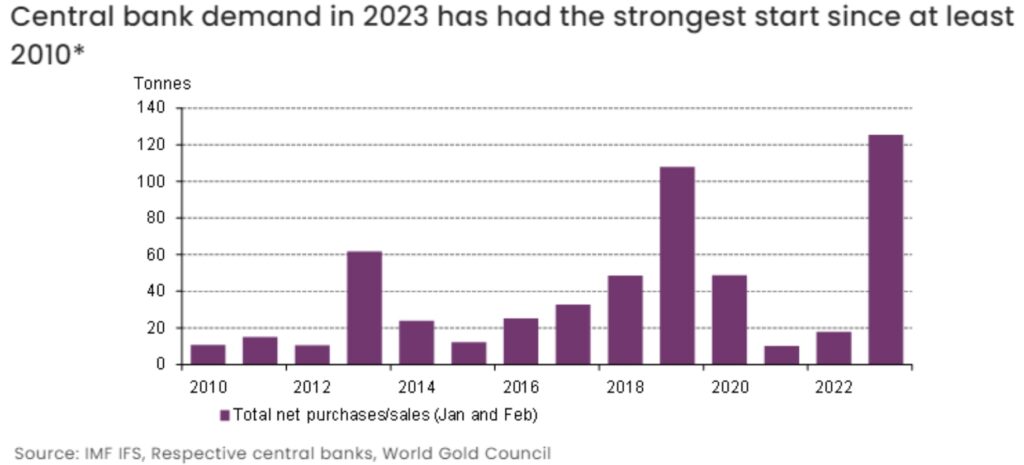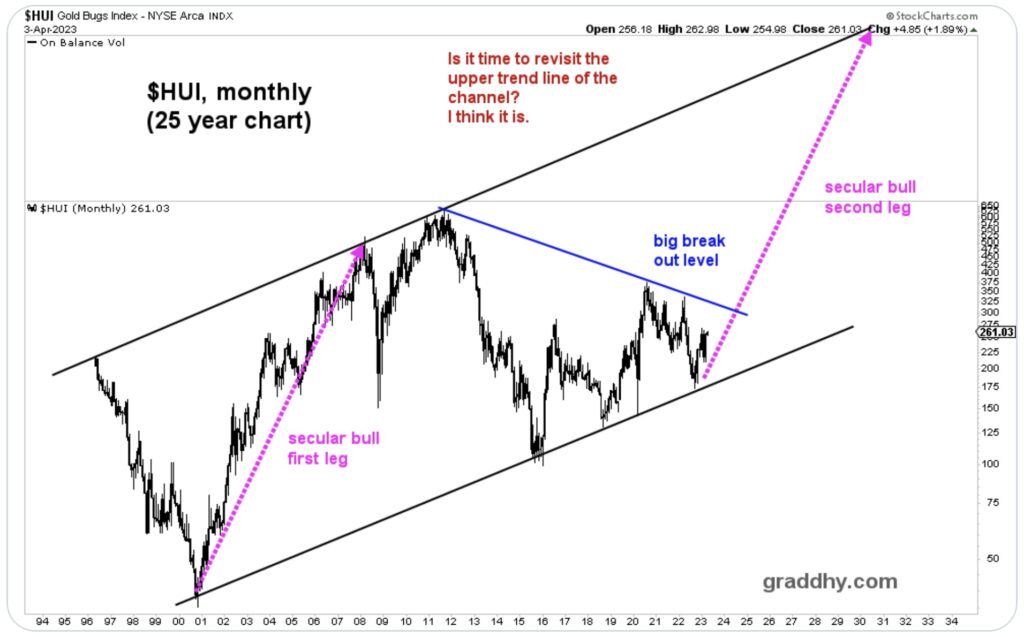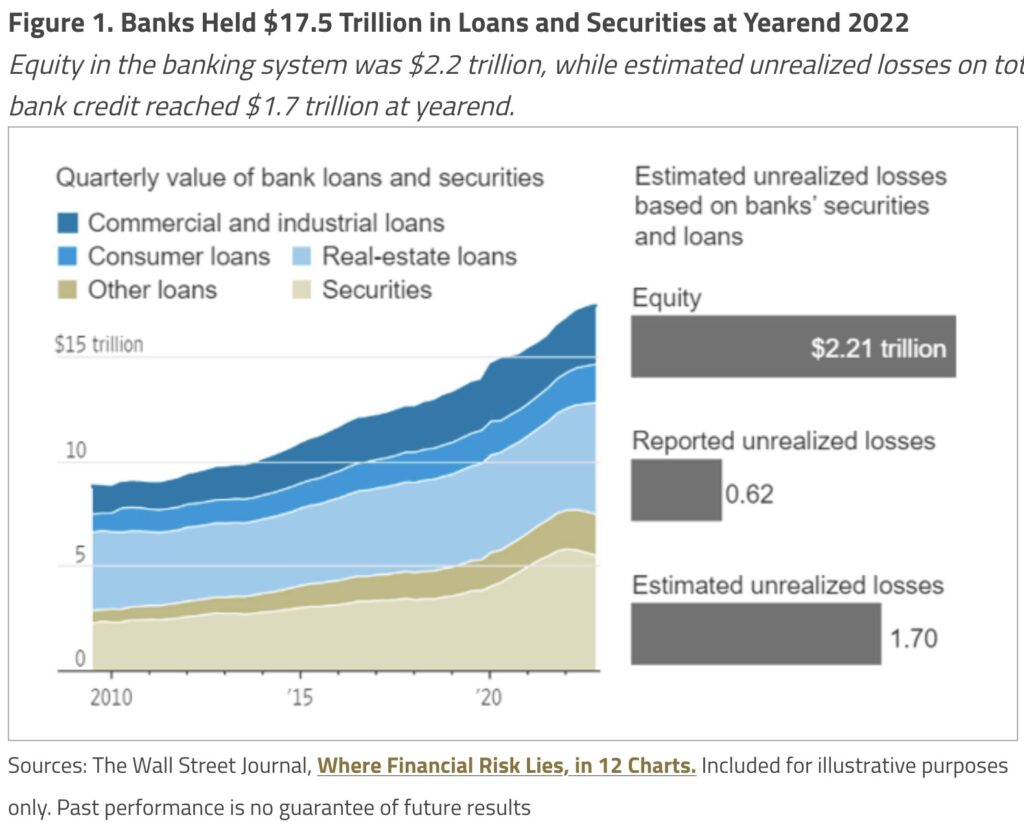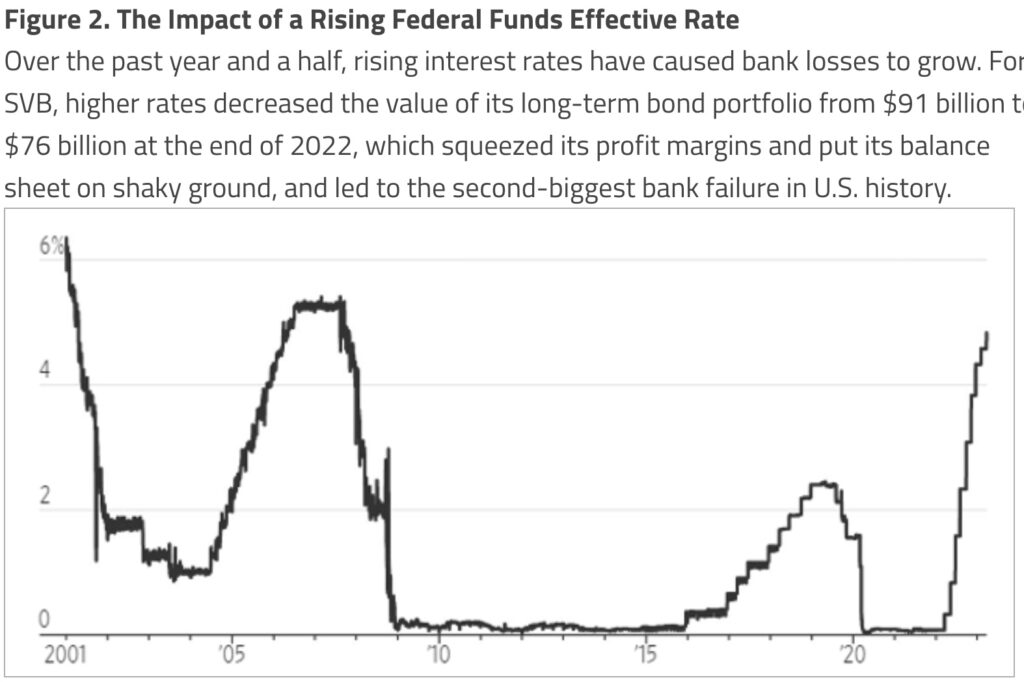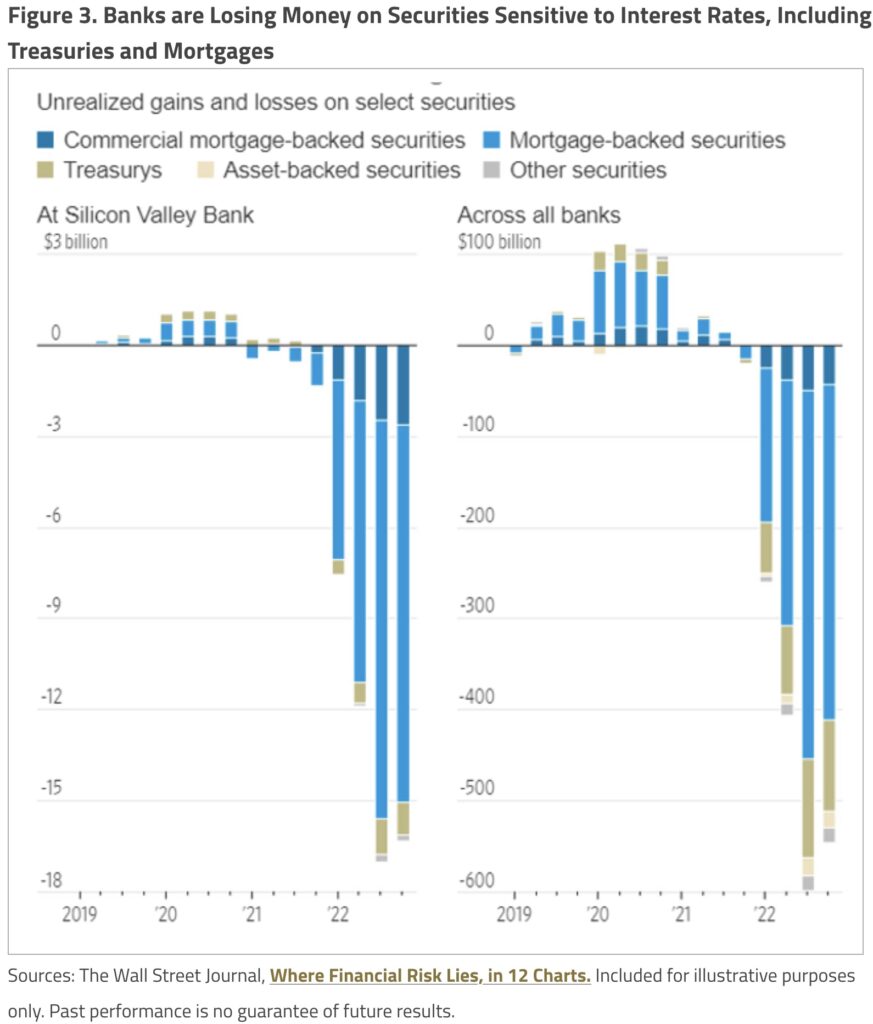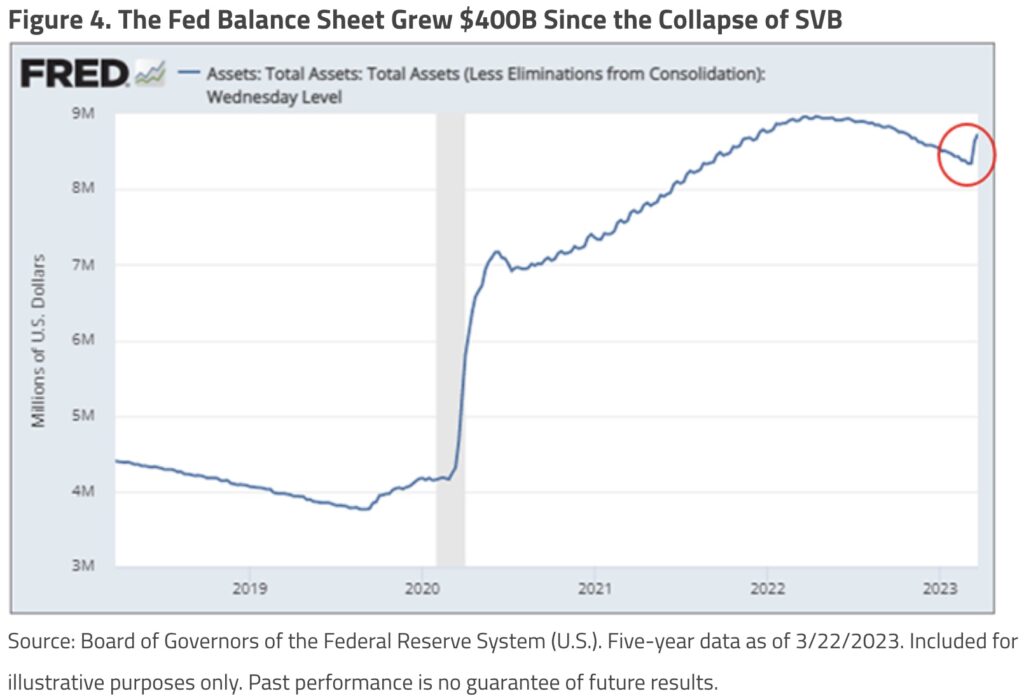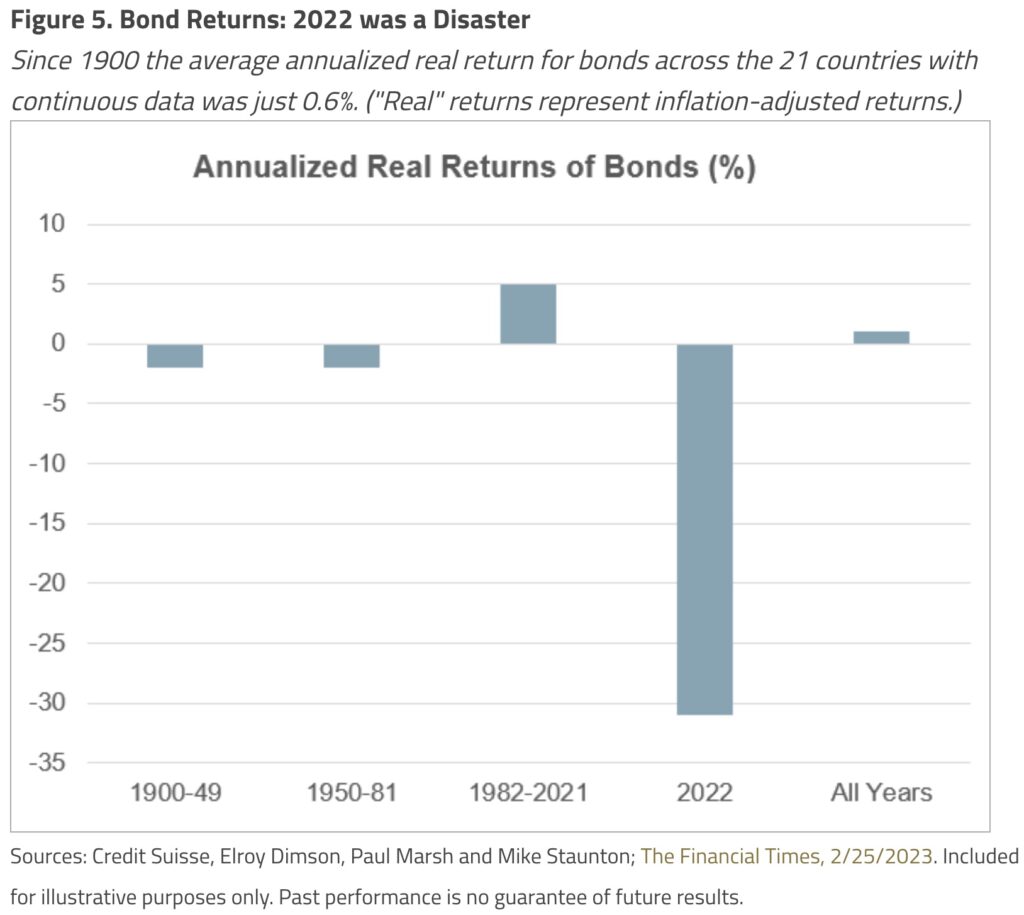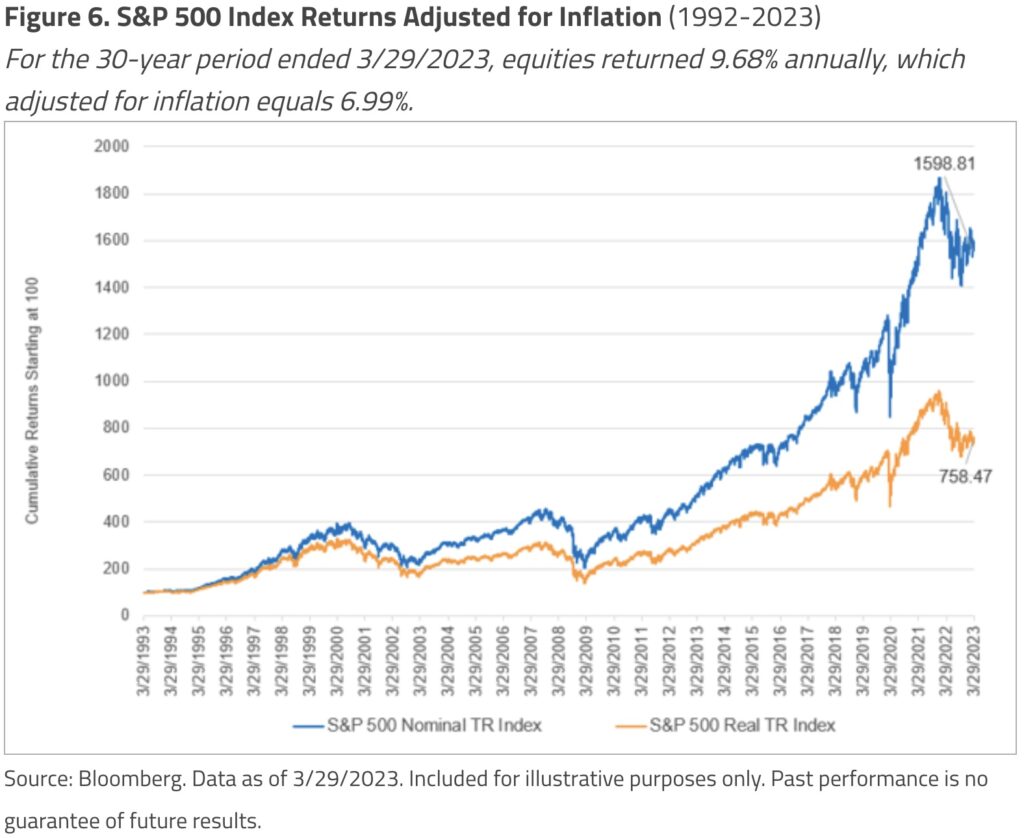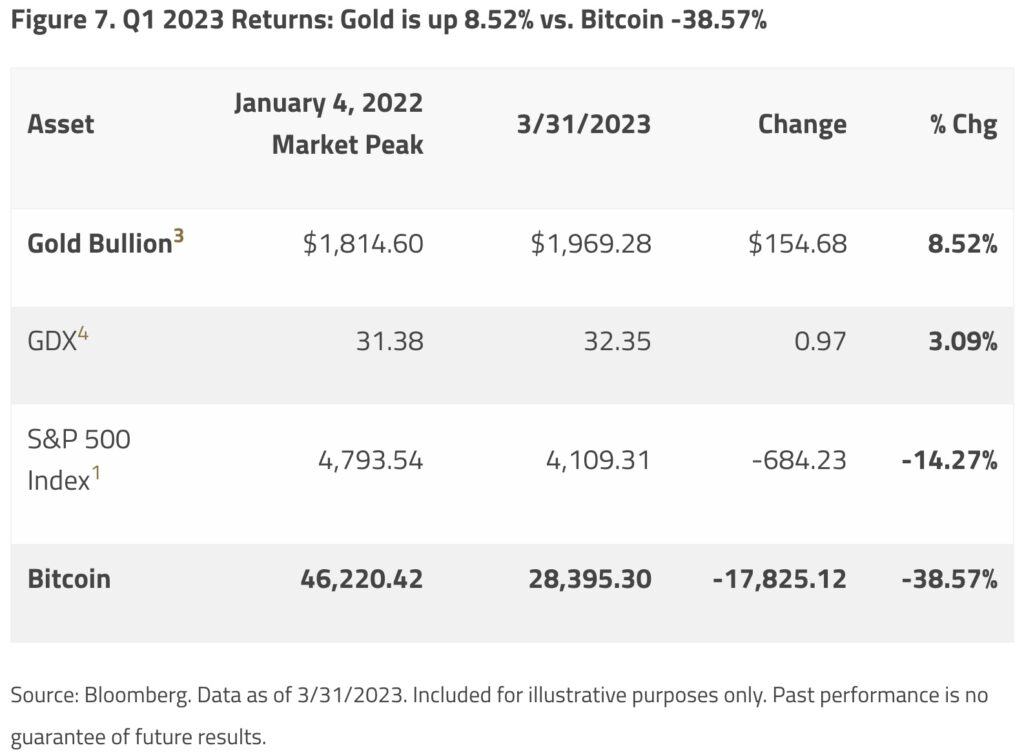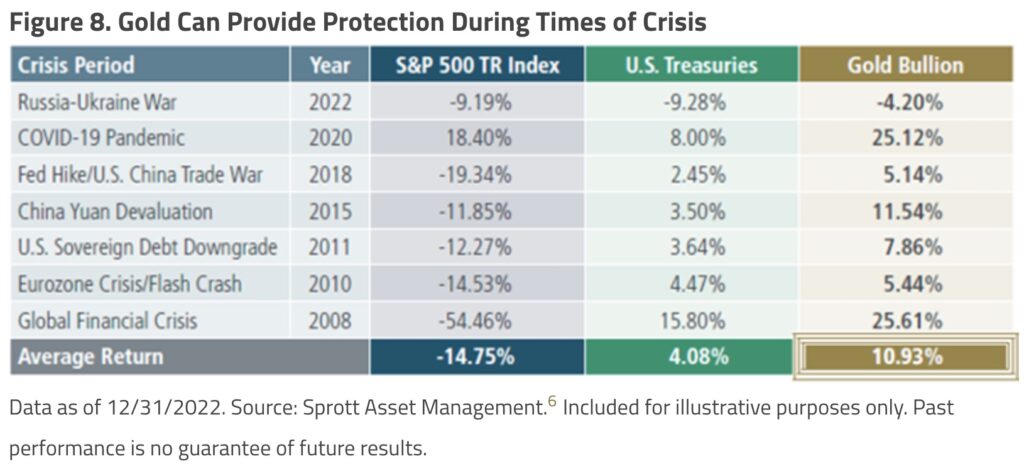The price of gold and silver are now being unleashed with gold about $30 from hitting a 5,000 year high and silver trading above $25. There is a lot happening today. Here is a look at the big picture of this historic approaching breakout.
Gold Explodes Higher
April 4 (King World News) – Krishan Gopaul, Senior Analyst World Gold Council: On a year-to-date basis, central banks have reported net gold purchases of 125 tonnes. This is the strongest start to a year back to at least 2010 – when central banks became net buyers on an annual basis.
MAJOR CATALYST FOR GOLD PRICE:
Central Banks Have Purchased 125 Tonnes Of Gold In Just 12 Months
Gold Mining Stocks Will Also Skyrocket
Graddhy out of Sweden: I think it is time to revisit the upper trend line of the channel, repeating the move from 2000-07. The setup is there for the 2nd upleg of the secular bull to begin.
HUI Gold Mining Stock Index Will Soar Way Past 2011 All-Time High (DOTTED PINK LINE)
Is My Money Safe?
John Hathaway at Sprott Asset Management: In a word, no. Safety first. What to do with my money is the first question that comes to mind in the midst of the banking crisis. Consider two aspects: First, could access to cash and other liquid assets be jeopardized by the spread of adverse economic conditions? Second, could the future purchasing power of money be damaged by government policies that are inflationary? The answer to both questions is “yes”.
Are Bank Deposits Safe?
The phrase “like money in the bank” used to connote something positive. That nuance may no longer pertain. As loans to banking institutions, deposits are ultimately subject to risks directly related to the investment decisions of bank management. The business model of banking is to borrow short (deposits of bank customers) and lend those funds out long term. In normal times, the traditional banking business model worked just fine. However, when short-term interest rates rise rapidly and unexpectedly, that business model can bring nothing but bad news…
ALERT:
Legendary investors are buying share of a company very few people know about. To find out which company CLICK HERE OR ON THE IMAGE BELOW.
 Sponsored
Sponsored
Loss of confidence in depository (banking) institutions can become self-feeding and alone sufficient to undermine the safety of deposits. The failures of Silicon Valley Bank (SVB), Signature Bank and the shotgun marriage of systemically important Credit Suisse to UBS have given rise to questions over the solvency of the global banking system. In our opinion, those failures were not isolated events but endemic to the “borrow short/lend long” business model. The problem is that for a business strategy of financial leverage to be successful, the cost of borrowing must “behave” which means that the cost must remain below the return on investments in the bank portfolio. A “misbehaving” cost of borrowing (or cost of carry) can turn what were once good investments into money-losing propositions.
The charts below (Figures 1-3) depict a banking system that is illiquid and possibly insolvent. Rising interest rates have turned much of the asset side of the banking system balance sheet into bad loans. The experience of loan losses will turn lenders cautious. That caution will reduce credit availability and likely cause a recession, which in turn will undermine the ability of borrowers to repay their loans.
Government Policy: The Unsteady Hand at the Tiller
The Federal Reserve (“Fed”) has suspended and potentially abandoned its resolve to reduce inflation. Consumer price index (CPI) inflation is still tracking at 6.0%, well above the Fed’s stated goal of bringing the rate down to 2%. Since the failure of SVB, the Federal Reserve balance sheet has grown by $400 billion (red circle in the chart below), almost fully reversing the “quantitative tightening” promised by the Fed along with other tough measures to combat inflation. In light of the flip-flop that the Fed has been forced into, it is reasonable to declare that inflation remains “alive and well.”
Banking Crises: 2008 vs. 2023
There are important differences, but what they have in common is that they were both caused by ultra-low interest rates engineered by the Federal Reserve. In both cases (highly simplified version), Fed policies led to investment bubbles that ended up in “busts” — housing in 2008 and “everything” in 2023. The Global Financial Crisis (GFC) struck at the heart of the banking system which was loaded with housing-related bad debt.
In the current crisis, bad debt is everywhere, including housing, consumer, corporate, real estate and government. The resolution of the GFC was a decade of money printing by the Fed. Now that the “everything bubble” has broken, government policies will likely revert to the inflationary playbook — interest rate suppression, money printing and out-of-control fiscal deficits. Despite the usual assurances from government officials and status quo cheerleaders “that all is well,” the episodes of Silicon Valley Bank (SVB), Republic and Credit Suisse are canaries in the coal mine of systemic risk. Similar bromides from the usual suspects followed the demise of Bear Stearns in March 2008, months before the full extent of the systemic crisis was fully appreciated.
Are Bonds a Safe Haven?
A resurgence or continuation of inflation would be an obvious negative for bonds, aside from short-term Treasuries. Bonds performed extremely poorly in 2022, as shown in Figure 5. While an economic slowdown could cause bonds of all maturities to rally. But aside from a potential trade, ongoing inflation would erode investment returns over the longer term.
Equities as a Safe Haven
Over the long term, equities have delivered superior returns after taking inflation into account. On the other hand, equities are vulnerable to a potential recession which would cause corporate earnings to plummet. Veteran and highly respected investor Jeremy Grantham (Grantham, Mayer, & van Oterloo, $118 billion assets under management) expects stocks to decline (the S&P 500 Index)1 up to 50% due to a “harsh recession.”
Bitcoin (???)
Cryptocurrencies were considered to be safe because they are not vulnerable to debasement from government money printing. However, they entail many other risks including potential government regulation. In addition, cryptocurrencies are native to the internet and subject to internet-related abuses. Cryptocurrency valuations benefitted from the speculative juices that led to a bubble in financial assets and are subject to further deflation of the same. Since the market peak on January 4, 2022, through the end of the first quarter, cryptos (as measured by Bitcoin) have performed poorly:
Why Not Gold?
Gold has a history of protecting capital during economic turmoil, especially during times of economic crisis; see Figure 8. It is interesting that a recent Wall Street Journal article (Where to Put Your Money During a Banking Crisis) declares that the best place to “put your money” is, believe it or not, into a bank. People who worry about the safety of their money should invest in “high yield savings accounts, money market funds (which invest in bank liabilities), certificates of deposit and short-term Treasuries.” Bad advice and economic ignorance aside, the Wall Street Journal article does not even consider alternate safe havens including the potential benefits of gold ownership.
Let it be said here, since the financial media at best pays only lip service to the thought: there is likely no safer asset than physical gold. The metal has no counterparty risk (unlike all other financial instruments including bank deposits and government bonds), is highly liquid and has an unbroken record of retaining value in absolute terms and relative to financial assets.
During the seven crisis periods since 2007, gold has demonstrated its value as a safe haven asset. On average, for the seven periods, gold bullion has returned 10.93% compared to -14.75% for the S&P 500 Total Return Index and 4.08% for U.S. Treasuries (as of 12/31/2022), as shown in Figure 8.
Ways to Own Gold
The many alternatives to owning physical metal include bars and/or coins (not efficient), COMEX futures (entails counterparty risk) or gold-backed Exchange Traded Funds (ETFs). Among these, we suggest taking a look at the Sprott Physical Gold Trust (NYSE: PHYS). Other gold-backed ETFs may track the gold price but are difficult if not impossible to redeem in kind and are taxed as “collectibles” which means that long-term gains do not receive preferential tax treatment. PHYS lets you own physical gold in a convenient and secure way that has potentially favorable tax advantages for U.S. non-corporate investors, versus owning gold through ETFs or directly through coins or bullion.
ALSO JUST RELEASED: Gold Approaching Massive Cup & Handle Breakout, Plus Look At This Inflation Catalyst CLICK HERE.
ALSO JUST RELEASED: Gold Surges Above $2,000 Ahead Of The Collapse Of The Super Bubble CLICK HERE.
ALSO JUST RELEASED: Greyerz Just Warned The Everything Collapse Is Going To Devastate The World CLICK HERE.
***To listen to Gerald Celente discuss the death of the dollar and gold skyrocketing CLICK HERE OR ON THE IMAGE BELOW.
***To listen to Alasdair Macleod discuss the silver squeeze and the lack of available physical silver supplies CLICK HERE OR ON THE IMAGE BELOW.
© 2023 by King World News®. All Rights Reserved. This material may not be published, broadcast, rewritten, or redistributed. However, linking directly to the articles is permitted and encouraged.


